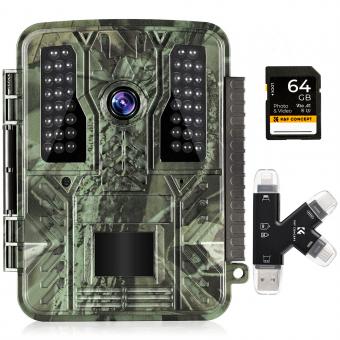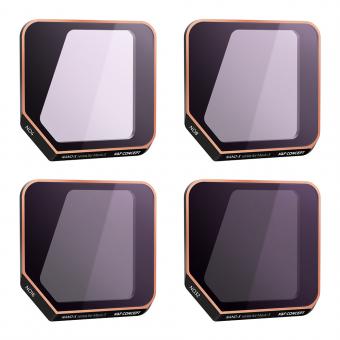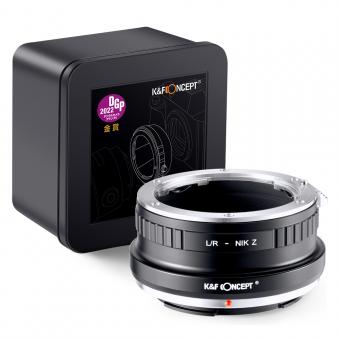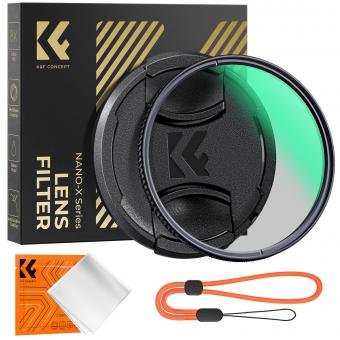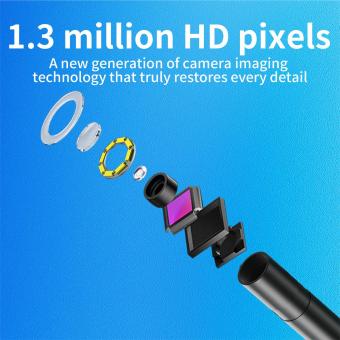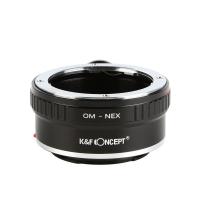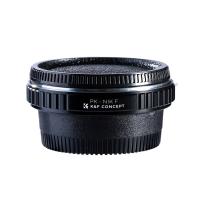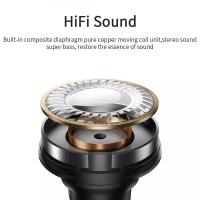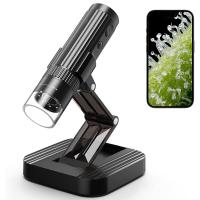What Is Endoscopic Ultrasound Used For ?
Endoscopic ultrasound (EUS) is a medical procedure that combines endoscopy and ultrasound imaging. It is primarily used for diagnostic purposes and to guide certain therapeutic interventions. EUS allows for detailed imaging of the gastrointestinal tract and surrounding structures, providing valuable information about various conditions.
In terms of diagnosis, EUS is commonly used to evaluate and stage gastrointestinal cancers, such as esophageal, gastric, pancreatic, and rectal cancers. It can help determine the extent of tumor involvement and assess lymph node involvement. EUS is also useful in diagnosing other conditions like gallbladder and bile duct diseases, pancreatic cysts, and submucosal lesions.
Additionally, EUS can assist in guiding therapeutic procedures. For example, it can aid in the placement of drainage tubes or stents to relieve obstructions in the bile or pancreatic ducts. EUS-guided fine-needle aspiration (EUS-FNA) is another important application, allowing for the collection of tissue samples from suspicious lesions for further analysis.
Overall, endoscopic ultrasound is a versatile tool that plays a crucial role in the diagnosis and management of various gastrointestinal conditions.
1、 Diagnostic tool for visualizing internal organs and tissues.
Endoscopic ultrasound (EUS) is a minimally invasive diagnostic tool that combines endoscopy and ultrasound imaging to visualize internal organs and tissues. It involves the use of a flexible endoscope equipped with an ultrasound probe at its tip, which allows for high-resolution imaging of structures within the body.
EUS is commonly used to evaluate and diagnose various gastrointestinal conditions. It provides detailed images of the esophagus, stomach, pancreas, liver, gallbladder, and surrounding lymph nodes. EUS can help in the detection and staging of cancers, such as esophageal, gastric, pancreatic, and rectal cancers. It can also aid in the evaluation of cystic lesions, submucosal tumors, and other abnormalities within the gastrointestinal tract.
One of the key advantages of EUS is its ability to provide real-time imaging and guidance during procedures such as fine-needle aspiration (FNA) or biopsy. This allows for the collection of tissue samples for further analysis, aiding in the diagnosis of various conditions. EUS-guided FNA has become an essential tool in the diagnosis and staging of pancreatic cancer, as it can accurately determine the extent of the disease and guide treatment decisions.
In recent years, there have been advancements in EUS technology, including the development of high-frequency ultrasound probes and the addition of elastography. These advancements have improved the resolution and accuracy of EUS imaging, allowing for better visualization and characterization of lesions.
Furthermore, EUS has also found applications beyond the gastrointestinal tract. It is increasingly being used in the evaluation of mediastinal and lung lesions, as well as in the assessment of certain gynecological and urological conditions.
In conclusion, endoscopic ultrasound is a valuable diagnostic tool for visualizing internal organs and tissues. Its ability to provide detailed imaging and guidance during procedures makes it an essential tool in the diagnosis and staging of various gastrointestinal and non-gastrointestinal conditions. With ongoing advancements in technology, EUS continues to evolve and improve, offering new possibilities for diagnosis and treatment.
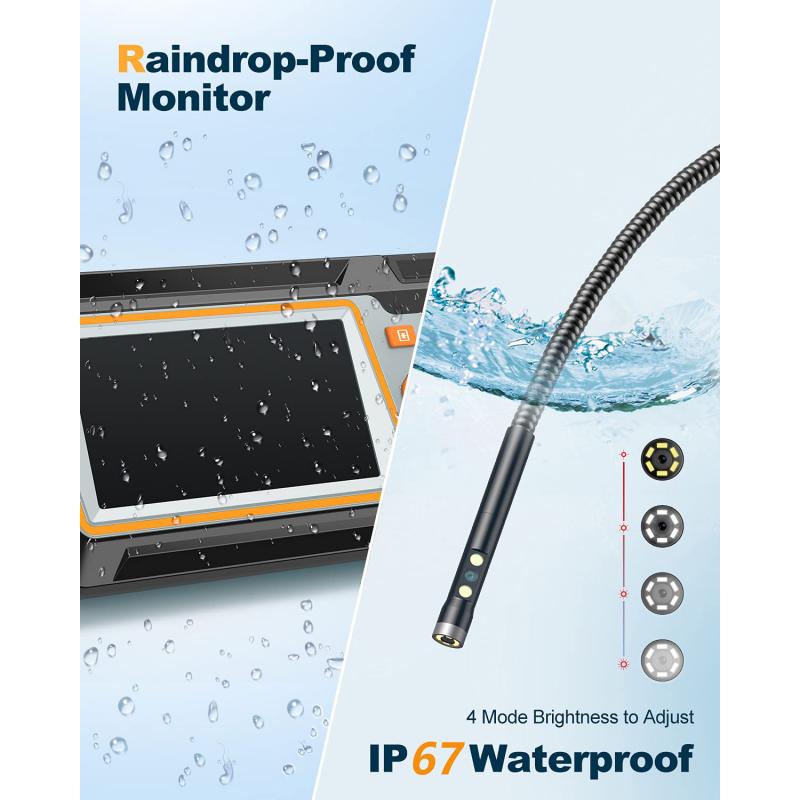
2、 Guiding biopsies and fine needle aspirations.
Endoscopic ultrasound (EUS) is a minimally invasive procedure that combines endoscopy and ultrasound imaging to visualize and evaluate the gastrointestinal tract and surrounding structures. It involves the use of a flexible endoscope with an ultrasound probe attached to its tip, allowing for detailed imaging of the digestive system.
One of the primary uses of EUS is guiding biopsies and fine needle aspirations (FNA). EUS provides real-time imaging of the target area, allowing physicians to accurately guide the needle to the desired location for tissue sampling. This is particularly useful in diagnosing and staging various gastrointestinal cancers, such as pancreatic, esophageal, and gastric cancers. EUS-guided biopsies and FNAs have been shown to improve diagnostic accuracy and reduce the need for more invasive procedures.
In addition to cancer diagnosis, EUS is also used for the evaluation of other gastrointestinal conditions. It can help identify and assess the severity of conditions like chronic pancreatitis, gallbladder diseases, bile duct abnormalities, and submucosal lesions. EUS can provide detailed images of the digestive tract layers, allowing for the detection of abnormalities that may not be visible with other imaging techniques.
Furthermore, EUS has emerged as a valuable tool in the field of therapeutic endoscopy. It can be used to guide the placement of drainage tubes in cases of pancreatic pseudocysts or abscesses, perform celiac plexus neurolysis for pain management in pancreatic cancer patients, and even deliver targeted treatments directly to tumors.
The latest advancements in EUS technology, such as the development of high-frequency ultrasound probes and elastography, have further improved its diagnostic capabilities. High-frequency probes provide higher resolution images, allowing for better visualization of small lesions and early-stage cancers. Elastography, on the other hand, can assess tissue stiffness, aiding in the differentiation between benign and malignant lesions.
In conclusion, endoscopic ultrasound is primarily used for guiding biopsies and fine needle aspirations, particularly in the diagnosis and staging of gastrointestinal cancers. However, its applications extend to the evaluation of various gastrointestinal conditions and therapeutic interventions. With ongoing advancements, EUS continues to play a crucial role in improving diagnostic accuracy and patient outcomes.
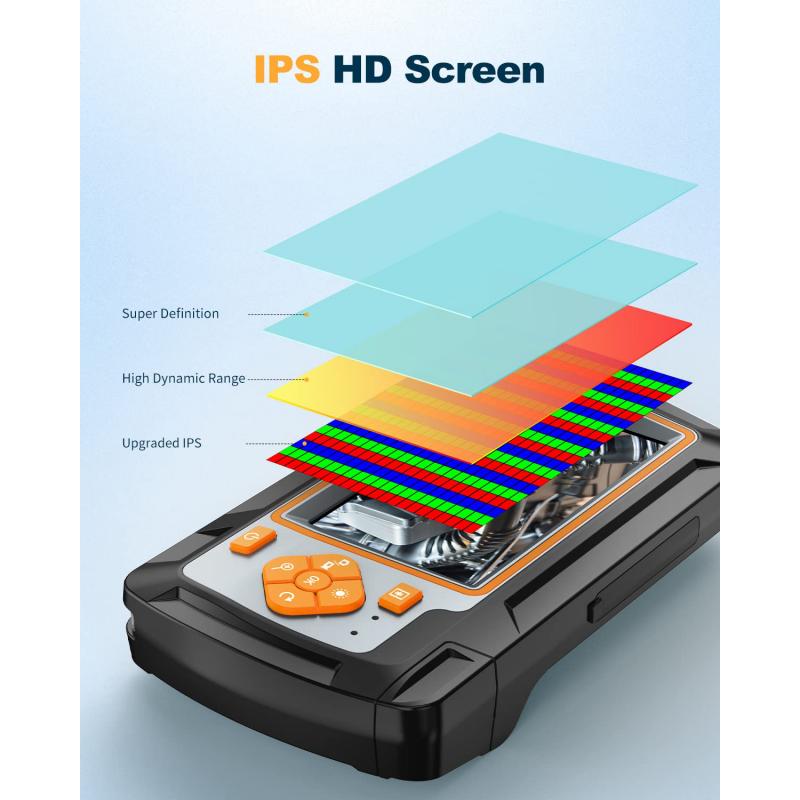
3、 Staging and determining the extent of cancer.
Endoscopic ultrasound (EUS) is a minimally invasive procedure that combines endoscopy and ultrasound to visualize and evaluate the gastrointestinal tract and surrounding structures. It involves the use of a flexible endoscope with an ultrasound probe attached to its tip, allowing for detailed imaging of the digestive system.
One of the primary uses of EUS is staging and determining the extent of cancer. It provides valuable information about the size, location, and depth of tumors, as well as the involvement of nearby lymph nodes and blood vessels. This information is crucial for determining the appropriate treatment plan and predicting the prognosis of cancer patients.
EUS has proven to be particularly useful in the staging of gastrointestinal cancers, such as esophageal, gastric, pancreatic, and rectal cancers. It allows for accurate assessment of tumor invasion into the different layers of the gastrointestinal wall, which helps in determining the appropriate surgical approach. EUS can also guide the sampling of suspicious lesions or lymph nodes for biopsy, aiding in the diagnosis and staging of cancer.
In recent years, there have been advancements in EUS technology that have further improved its diagnostic capabilities. The development of high-frequency ultrasound probes and the addition of advanced imaging techniques, such as elastography and contrast-enhanced imaging, have enhanced the accuracy and sensitivity of EUS in detecting and characterizing tumors.
Moreover, EUS-guided fine-needle aspiration (EUS-FNA) has emerged as a valuable tool in the diagnosis of various gastrointestinal and adjacent organ lesions. It allows for the collection of tissue samples from suspicious areas identified during EUS, providing a minimally invasive alternative to surgical biopsy.
Overall, endoscopic ultrasound plays a crucial role in the staging and determination of the extent of cancer. Its ability to provide detailed imaging and guide tissue sampling has made it an indispensable tool in the management of gastrointestinal malignancies.
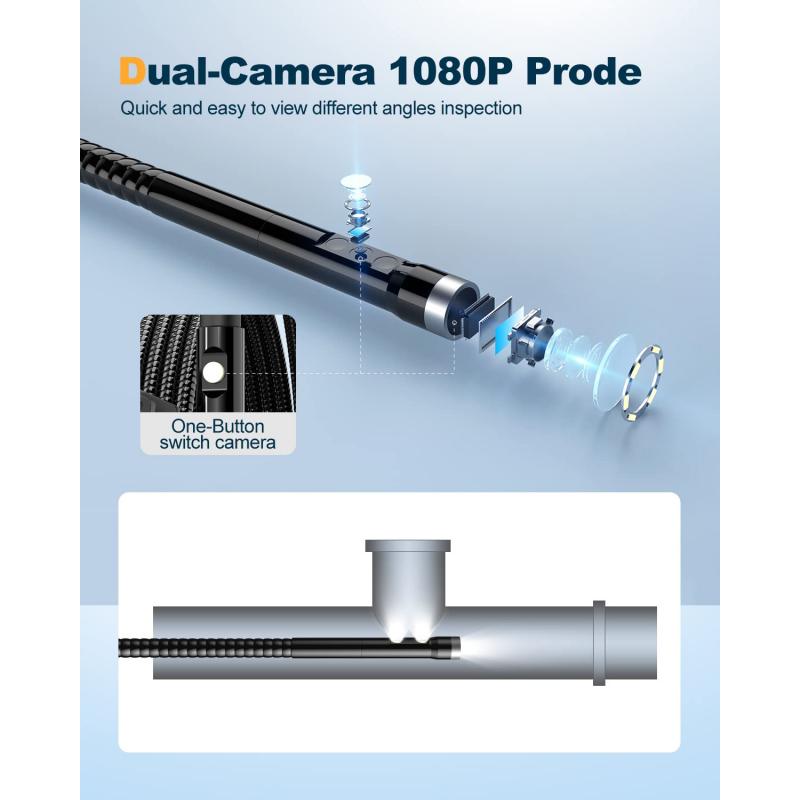
4、 Evaluating gastrointestinal conditions and diseases.
Endoscopic ultrasound (EUS) is a minimally invasive procedure that combines endoscopy and ultrasound to evaluate gastrointestinal conditions and diseases. It involves the use of a flexible endoscope with an ultrasound probe attached to its tip, allowing for detailed imaging of the digestive tract and surrounding structures.
EUS is primarily used for the evaluation and staging of gastrointestinal cancers, including esophageal, gastric, pancreatic, and rectal cancers. It provides high-resolution images of the tumor, allowing for accurate assessment of its size, depth of invasion, and involvement of nearby lymph nodes. This information is crucial in determining the appropriate treatment strategy, such as surgery, chemotherapy, or radiation therapy.
In addition to cancer staging, EUS is also used for the diagnosis and evaluation of various gastrointestinal conditions. It can help identify the cause of unexplained abdominal pain, evaluate chronic pancreatitis, detect gallstones and bile duct abnormalities, and assess the severity of liver diseases. EUS-guided fine-needle aspiration (EUS-FNA) is a technique that allows for the collection of tissue samples from suspicious lesions or lymph nodes, aiding in the diagnosis of malignancies and other diseases.
The latest point of view regarding EUS is its expanding role in therapeutic interventions. EUS-guided drainage procedures have emerged as an alternative to surgery in the management of certain conditions. For example, EUS-guided pseudocyst drainage is a minimally invasive technique used to treat pancreatic pseudocysts, avoiding the need for open surgery. EUS-guided biliary drainage is another procedure that can be performed in cases of obstructive jaundice when conventional endoscopic techniques are unsuccessful.
Overall, endoscopic ultrasound is a valuable tool in the evaluation and management of gastrointestinal conditions and diseases. Its ability to provide detailed imaging and guide therapeutic interventions makes it an essential component of modern gastroenterology practice.


